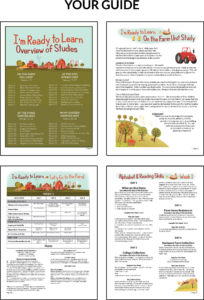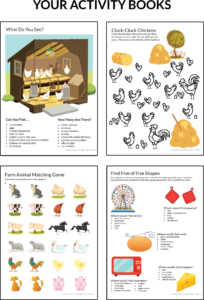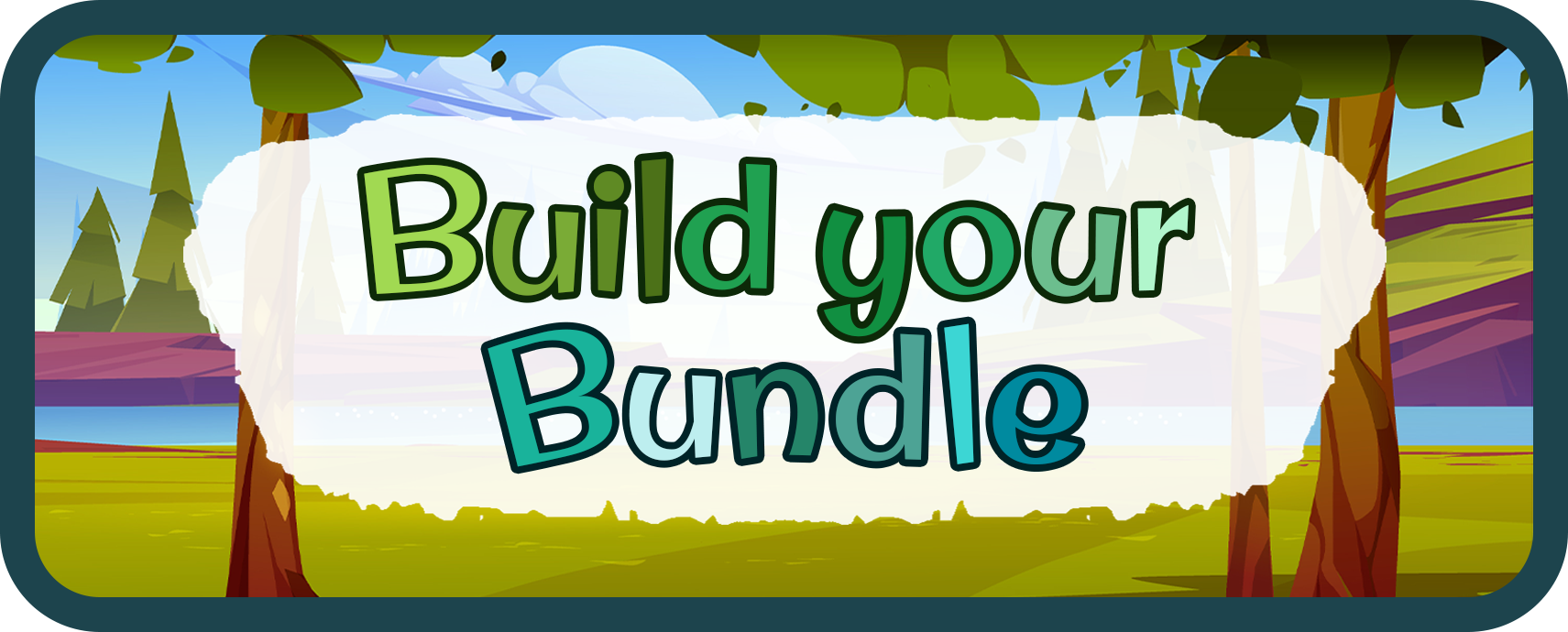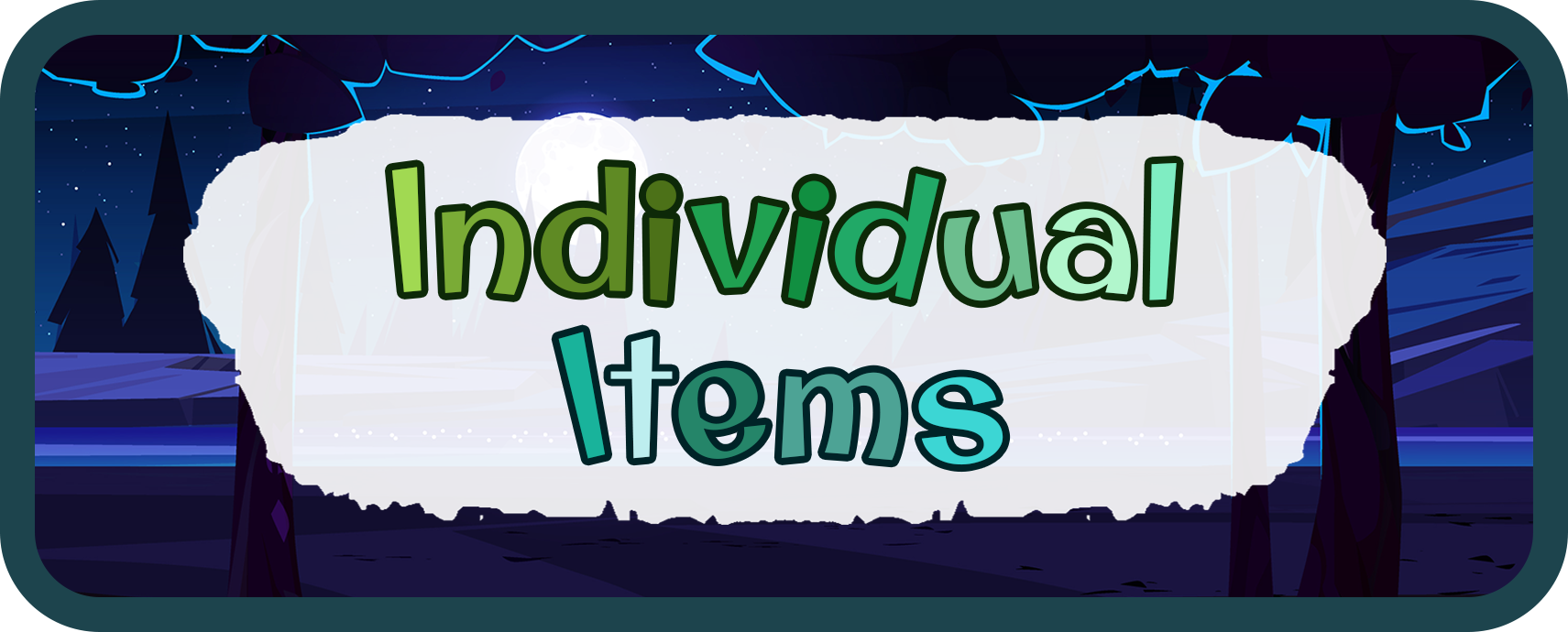It is shark week!
Draw a shark with us this week! Students and kiddos can follow step by step here or download the page by clicking HERE! See the steps below!




Send us your sharks here or through our Facebook! We would love to see the fun your family is having!
If you want to see more of these step-by-step drawing instructions check out our Animals and Their Worlds Animal Easy Shape Drawing Book !
Did you know the first Friday in June is National Donut Day?
Do you know who started National Donut Day? National Donut Day was started by the Salvation Army in 1983 to honor the “donut lassies” who served sweet treats and provided assistance to the soldiers on the front lines of World War I!
The donuts they served in World War I were a little different than the ones we see in bakeries today. They weren’t serving too many different flavors then because they needed to make way more than a dozen and had to use pretty cheap ingredients! Even though they might not have a Boston Creme or a Strawberry Frosted, they were still delicious!
This year you could even try making this simple Salvation Army Donut recipe to try them for yourself!
Salvation Army Donuts
Makes 2 dozen.
Ingredients:
- 1 large eggs
- 1 cups flour
- 1 cups sugar
- 2 1/2 teaspoons baking powder
- 1/8 tablespoon salt
- about 3/4 cup milk (may need a little more if mixture is not coming together)
- 1 tub lard (or oil) enough to fill a deep pan.
- 1 cups powdered sugar
Directions:
- Combine all wet ingredients (except for lard and milk) then stir in dry ingredients with milk to form the dough.
- Thoroughly knead the dough. Then roll out until about 1/4 inches thick. Cut rings from the dough. (Be creative when you are cutting the circles! You could use a cup, cookie cutter, or even a sauce bowl! The “donut lassies” didn’t use one tool for this they used many different things they could find that were available!)
- Heat up your lard/oil in a large and deep pan. Once the lard/oil is boiling drop the rings into the lard/oil a couple at a time. Turn the donuts slowly multiple times until they are golden brown on both sides.
- Remove the donuts and place them on a cooling rack, some paper towels, or someplace where the excess lard/oil will be removed from the donut.
- Dust with powdered sugar once enough lard/oil has been removed from the surface that way the powdered sugar will form an icing on the donut. Let cool and enjoy!
Let us know if you and your family try these donuts! This activity is a great chance for kiddos to learn more about World War I!
What to expect from I’m Ready to Learn Preschool Program!
Why I’m Ready to Learn?
It is our earnest desire that every child grows in their daily willingness to say, “I’m Ready to Learn!” For this reason, our program is designed to instill habits of joyful learning to lay a foundation for the rest of your child’s life.
Your child will learn the skills to prepare them for life and school while engaging in a variety of activities and settings, including journaling, narration, creation, games, and observations all both indoors and out! These methods reinforce what your child learns while igniting his or her imagination because we are designed to be engaged in education by all of our senses.
I’m Ready to Learn works with our natural design to create an educational and family environment where your child will look up, smile, and say, “I’m ready to learn, Mom!”
What does a week with I’m Ready to Learn look like?

I’m Ready to Learn is family first. We also know each family is unique. We have designed the program to bolster any family lifestyle through flexibility, communal discovery, and minimal prep with maximal creativity.
We have designed each week to be fun and creative, filled with various activities and readings to keep your child’s mind newly engaged each day. You and your child will laugh as you recite “1-2-3, eat for free,” shake sand off your hands as you trace shapes in it, and scramble around the house as you look for items that begin with the letter “D.” The joyful learning will enrich you and your child, creating families memories while developing all the skills and habits they need to be successful.
We know learning is a family endeavor, and so we designed our program not only for your children, but also for you. I’m Ready to Learn is an “Open and Go” program. You won’t need to spend hours going to the department store, then to a fabric store, and then additional time prepping what you’ve bought. In I’m Ready to Learn, we have done most of the prep for you. Most all the activities are designed to be done with common household items along with our “Make-A-Letter Kit.” Any activities that tend towards prep-heavy will be clearly outlined. Here’s even more good news: we include more than enough activities so you can pick and choose which ones fit your family.
This family flexibility includes 4 scheduled days instead of 5 so that you can have the option to split up some of your work on a spillover day, or to take a trip to a kids museum! All without feeling like you are falling behind a predetermined schedule.
What will your student learn?
With I’m Ready to Learn your student will learn their numbers and start to learn their letters as well as make skills needed when they stary Early Elementary! Your student will grow their fine motor skills, improve their handwriting, problem solving, and cognitive functions.
While this program won’t teach your student to read it will teach them their letters! If your student is ready to start reading you can add in the Letters to Little Words LA Program alongside the I’m Ready to Learn Program! The Letters to Little Words program will only add about a half hour to each day!
Can your Preschooler join in on older programs?
Yes! Your preschooler can join with his or her older siblings’ own WinterPromise Program. One of the best ways is to include them in some of their siblings’ activities! In Hideaways younger students will love joining in on creating the hideaways with their siblings–it’s also a great way to reinforce learning for your older student as they help their younger sibling.
In another example, our Animals and Their Worlds program features a lot of learning opportunities for your preschooler. You can have them all use the Height Chart and the Animal Drawing, including many of the activities! This is a great way to improve their critical thinking and their readiness for older programs!
The Importance of Discovering History
When talking about history it seems there are very different types of responses. The response which utterly loves anything about history then the other type of pure boredom. So what’s the importance of history when homeschooling? And how do you engage your child if they aren’t quite fond of it?
First, understanding that history is learning about real people who lived in before us with real emotions and thoughts.
The more you can help children understand that these stories from hundreds or even thousands of years ago really happened, the more relatable and influential history becomes. When I was studying Ancient Studies, I remember the time my professor spoke about his student writing on women’s sandals in the ancient world. I remember thinking “Wow these women back then cared about their style just like we do today!” A great way to have students engage with history is to have them focus on something they love but find it in history! If your student loves to go hunting with their grandpa or dad, have them research about hunter/gather societies or find out how important hunting was to different civilizations! All people must eat – food was not readily available like it is for the majority of the world today! If your student loves drawing, have them research a famous artwork from that period! Although this art may not be on canvas but may be on stones or caves – civilizations loved recording beautiful things – just think of Egypt! Ancient Egypt was littered with walls of color and great stonework. You can learn a lot about a culture through its artwork!
Second, explain “the Why”!
Why is it important to study history? Did you know that much of Western thought today can be traced back to ancient philosophers and politicians? Discovering what worked and what did not for those who came before us, helps us to not make the same mistake again! History does not always need to be studying of Ancient Egypt or Greece but should also be the study of family history and your own city or state history. Understanding where your own family came from – your parents, grandparents, great-grandparents and so on is a great practical use of the importance of history. I’ve always loved history. Whenever I was visiting my grandma, we would sit down together before anyone else woke up and she always told me stories. Stories of my great-grandpa and his struggles in the war. Stories of where they came from and how they remembered a time prior to cellphones and even cars! We have access to a generation who experienced a lot of change in their lifetime and you can hear about their parent’s and their grandparent’s stories! I know for me, my grandma would always speak of the day man walked on the moon, and the first time she got her own personal car. She worked at an old Bell company at the switchboard. Can you imagine how much history she saw seeing the changes from a switchboard to the modern iPhone? Even in these stories, there is so much to learn about modern history.
Third, history is not just a ton of dates and facts. History should be engaging!
Here at WP we want to help engage your students, allowing them to experience and discover history for themselves! We want them to experience what life was like on a spaceship (Adventures in the Sea & Sky) or to learn how to spell their names in Phoenician letters (Hideaways in History). We want them to be able to understand the hardships which the soldiers fighting for American freedom went through, and to understand the suffering of those awfully sold into slavery. (American History 1&2) The more we understand history, the more we can hope to help our society. History is not always easy to hear or fun to deal with but we need to ensure that we teach our children the mistakes made so we do not continue to do the same!
History has such a rich and amazing influence on young learners. Read the interesting excerpt from one of our digital studies below!
The Akkadians*
Taken from our Ancient Civilizations Digital Study
Near the Sumerians grew up the city of Akkad, probably somewhere
along the Tigris River. Today no one knows where the actual city was
located, but there are quite a few other things we know about Akkad,
because it grew to the be capital city of the Akkadian Empire.
Akkad is mentioned in the Bible in Genesis 10:10, spelled out there as
Accad. It began as a city, and it appears from historical records that
the Sumerians and Akkadians developed a thriving trade relationship,
interacting culturally alongside each other. They mingled enough that
most people who lived in the region in the 3rd millenium B.C. spoke
both the Sumerian and Akkadian languages.
In time, the Akkadian Empire gradually grew more powerful. Rulers of
the city-state began expanding their power. The most famous ruler of
Akkad was Sargon, who defeated the king of Uruk in the Battle of Uruk
and took over the empire ruled by that king. Sargon also defeated its
once-friendly neighbors, the Sumerians, but Sargon wisely appointed
over 5,000 Sumerian men to help him rule over his empire, so that
there would be less chance that Sumer would revolt in the years ahead.
In time, only the Akkadian language was used throughout the kingdom,
and Sumerian was not used, but the Akkadians did adopt the Sumerian
style of cuneiform script for writing. They inscribed important papers
onto clay tablets or cylinders. The writing on these tablets and seals
was usually drawn among decorative scenes taken from myths or rituals.
The Akkadians also adopted the Sumerians’ religious beliefs.
The Akkadian Empire spread over Mesopotamia between the Tigris and
Euphrates rivers. At its height, it ruled over cities like Assur, Mari, Eshnunna,
Sippar, Nippur, Uruk, Ur, Lagash, and Suse. Sargon was able to
expand the empire under his rule so that it reached the Mediterranean
Sea on the west, the Persian Gulf on the east, and deep into the Arabian
Peninsula to the south.
Trade routes were established that allowed for safe travel of trade
goods throughout Sargon’s lands and along the Euphrates River.
Sargon used these trade routes to gain access to further lands for
expansion, and brought back booty from his conquests along the
established roads in the kingdom. While agricultural products were
produced in Mesopotamia, the area lacked other natural resources.
Wood, building stone and precious metals were required by Akkadian
rulers. They were traded and imported, and floated to Akkad on the
Euphrates as well.
The empire was so well organized that it had a regular postal service.
Akkad’s ruler did a survey of the land, and began naming the years
from the year Sargon began to rule. Sargon appears to have established
a library that took and collected astronomical observations.
After Sargon’s death, his sons and descendants ruled his empire for
several generations. Sargon was considered a model for later
Mesopotamian rulers, later great kings in Assyria and Babylon, who
looked back at Sargon as the first dominant ruler in Mesopotamia.
These kings looked upon themselves as heirs to the empire that Sargon
had begun long before.
The Akkadian Empire lasted from 2334 B.C., when Sargon took over
control of Akkad, to around 2193 B.C.
Join Hawk, our friend from our Adventures in the Sea & Sky program, as you go on a time-traveling adventure as you witness the birth of Christ. You will spend 3-weeks (12 days) learning about Roman and Jewish culture, as well as observing the birth of Christ and learning about all that it meant for us. This study is rich with learning opportunities but also for new family memories. You will experience our “12 Deers of Christmas” activity, watch videos that will take you into the world around the time of Christ, make Jewish food, learn about Roman accomplishments, make your own ornaments and much more! Spend this month learning about the true joy of Christmas and making new memories as a family.
Read a Snipbit from the Study below!
“One of the primary reasons that Rome could expand to the size it was, reaching its peak in 117 A.D., was because of the strength and size of its military. During the reign of the current and first emperor of Rome, Augustus Caesar, he had twenty-five legions at his command. What is a legion? A legion was a grouping of ten cohorts of 600 men each. This meant that a legion had 6,000 soldiers total. Legions made up the backbone of the Roman military. Roman soldiers had many parts to their uniform.”
Tunic
“The tunic was worn underneath a soldier’s armor. It looked like a long shirt that reached down to the middle of the thigh. The tunic was made of rough wool and left the soldier’s lower body unrestricted for marching and fighting, or even working on the empire’s roads.”
Caligae
“A soldier’s shoes were called caligae, sandals that allowed soldiers to march for long distances. The sandals were strong and well-made, well-ventilated and good for marching along quickly. The sandals often had metal studs in the sole, which gave the soldiers grip on rough or wet terrain and made the shoes last longer.”
Gladius
“This short sword is made for stabbing an enemy. Its short length made it perfect to use in close quarters in battle.
Click here to check out The First Christmas Digital Study!





